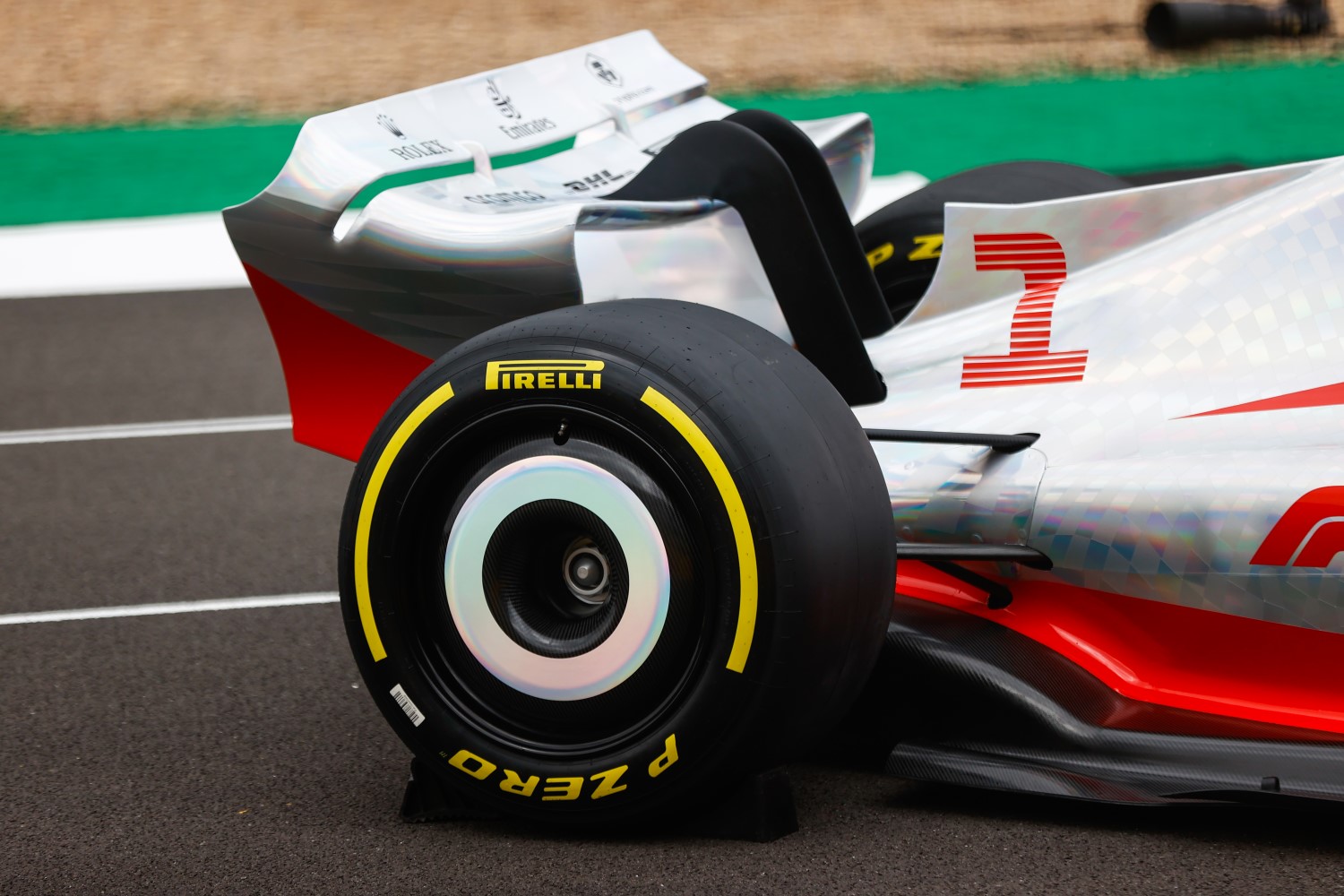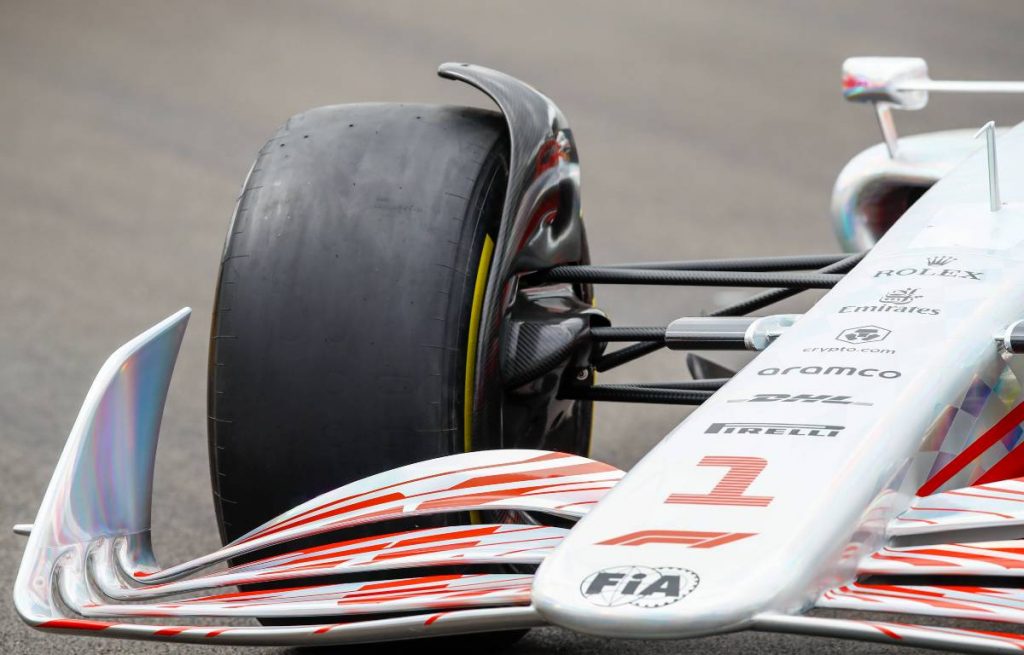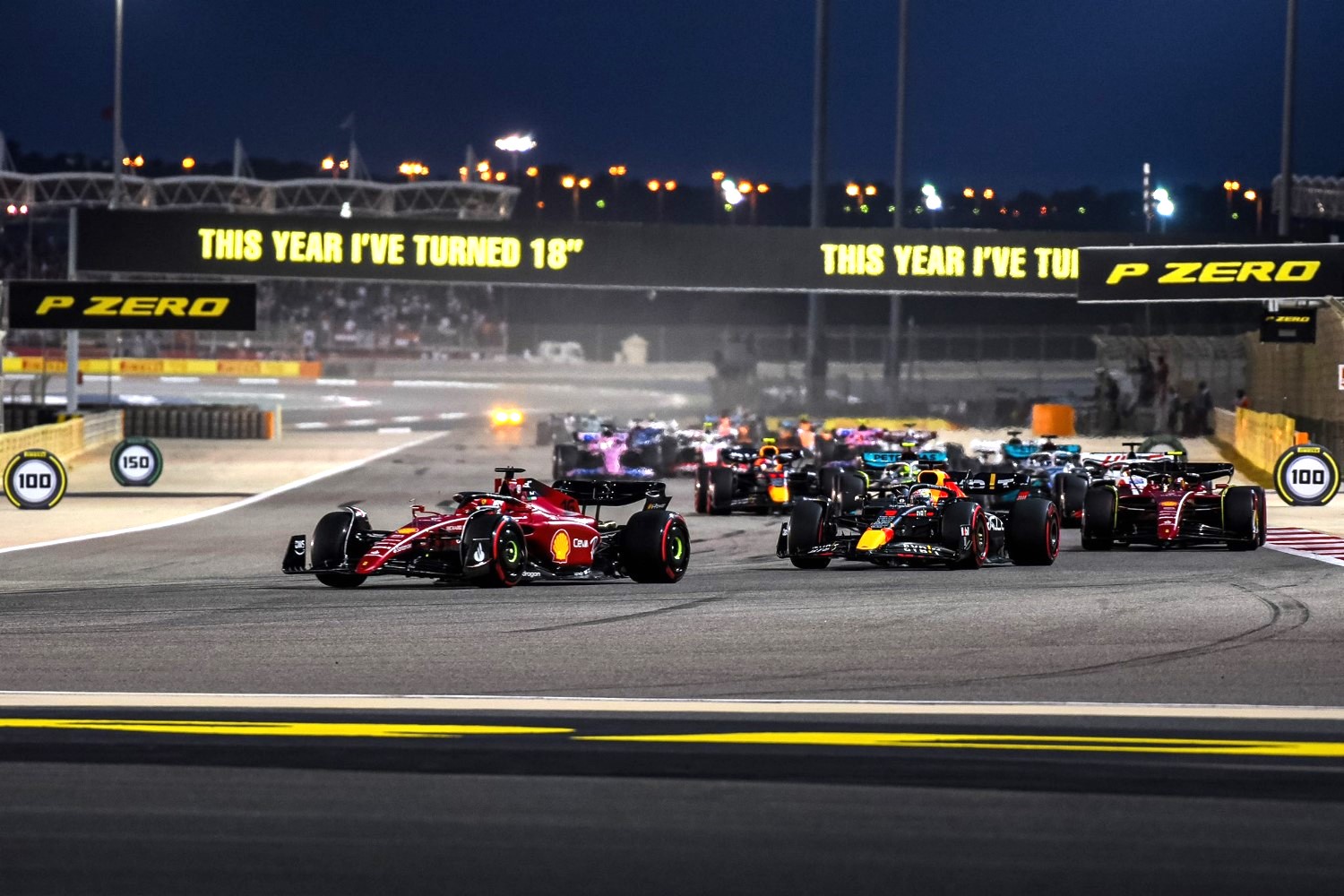F1: Our verdict on F1’s Big Design Changes For The 2022 Racing Season
The 2022 F1 season promises to bring plenty of exciting new races. Each season, a new set of design regulations helps to promote innovation and engineering excellence from each team, as they attempt to work within the framework of rules to build the best cars possible. This year, a number of safety-oriented changes push the sport in a safer direction, while a handful of other changes aim to level the playing field between teams. A combination of tweaks to power, testing, and budget caps should help rein in teams with huge amounts of capital and give underdogs a fighting chance. When combined, these shifts have the potential to deliver safer, closer races, keeping F1 amazing for drivers, teams, and fans alike.
Added Weight
In the racing world, weight is the enemy of speed. For the 2022 F1 season, however, FIA has raised the minimum weight of cars from 752kg to 790kg. Stricter safety measures will eat into this extra weight, fast. Compared to 2021, front noses need to absorb 50% more impact energy, while car sides are required to be twice as strong against lateral impacts. Additionally, 2022’s wheels are much larger, coming in at 18 inches versus the 13-inch wheels of the past three decades. These larger wheels add weight, but they’ve got stiffer sidewalls that help keep the cars stable and nimble, with less tire flex and less disruption to car aerodynamics.
Verdict: Drivers say the added weight make the cars less fun to drive, but from the fans perspective, they cannot tell the difference
Changing Aerodynamics
Both wheel covers and over-wheel winglets made an appearance in 2022, helping to direct the flow of air over the tires in order to keep cars stable. These changes are part of a larger package to shift aerodynamics away from the wings, concentrating instead on ground effect to keep cars glued to the pavement. Over-the-car airflow has had fantastic results over the years, but it creates a situation where cars can’t follow each other closely due to aerodynamic effects. 2022’s cars will have underfloor tunnels and carefully designed wings that control the car’s wake, enabling the cars to get much closer to each other during races.


Verdict: It’s working. We saw some good passing and repassing between Leclerc and Verstappen for the lead in Bahrain and further back in the field
Returning Safety Features
Two titanium safety features return for 2022: the halo and the skid plate. While it was met with controversy when it was first introduced, the wishbone-shaped halo has proven to be an effective safety feature in a handful of crashes. It’s a simple 13.5kg structure that keeps the driver’s head from colliding with debris or the road with a minimal impact on visibility. FIA’s incredibly tight dimensional tolerances mean that it’s easier for billets to be machined into the correct shape instead of utilizing drawn tubes. According to TMS Titanium, the titanium skid plate, by contrast, is more subtle in its safety applications. While some fans claim it exists only to kick up torrents of sparks during the race, FIA maintains that the plate needs to be hard and light to ensure that parts don’t fall off during a race, potentially causing a crash. The rules surrounding the plates also serve as a deterrent against teams grinding their cars into the tarmac during each race, although the trails of sparks left by racers suggest that this deterrent might not be particularly effective.
Verdict: No change from before. They work as intended.
Leveling the playing field for teams
F1’s teams aren’t equal in terms of their financial power, which can create some very lopsided competition. As of 2022, FIA has frozen the development of car power units, promising to free up research and development for all teams. Any new modifications must be approved by FIA. Hopefully, this change will help alleviate the stress of sinking thousands or millions of dollars into development for diminishing marginal returns. Aerodynamic testing is now much more limited, with 2021’s first-place team getting 70% of the 7th place team’s aerodynamic testing time, compared to the 90% share allotted under 2021 rules. Finally, the budget cap was reduced slightly from $145 million to an effective $142.4 million. The current plan is to slowly reduce the budget cap over time, giving teams the time they need to figure out what to do with less.
Verdict: Success. A Haas finished in 5th and an Alfa Romeo in 6th. And Mercedes did not win. Enough said.
Goal achieved so far: Closer, Safer Races for the fans
When considered together, the changes for the 2022 F1 season promise to deliver thrilling, safe races that will keep everyone involved happy. We’ll see heavier cars that can get closer together, returning safety features from previous years, and a more competitive environment for teams of different budget levels. Combined with better viewing options and more data available to fans, these changes should make the 2022 F1 season one of the best seasons to watch, ever.
